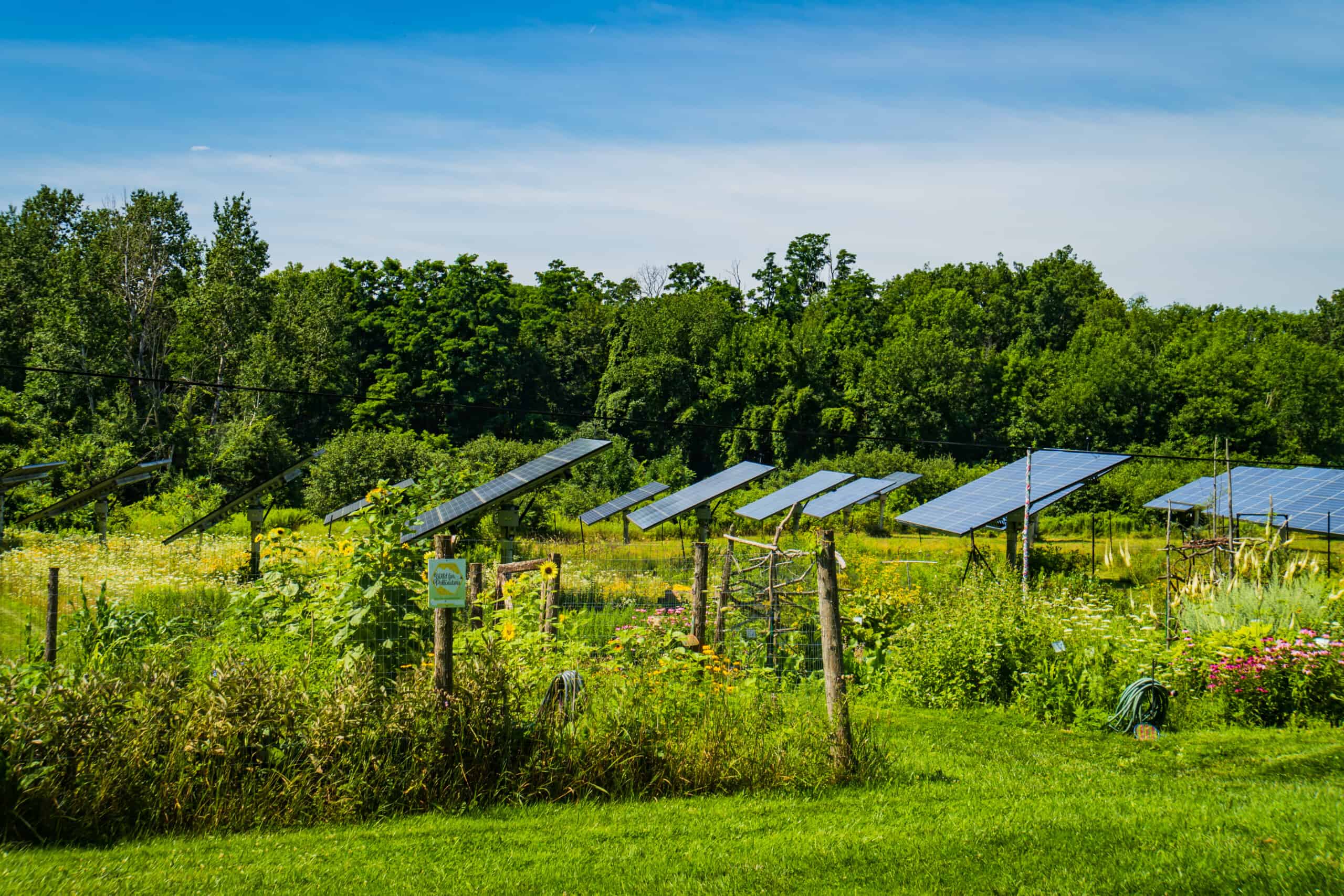
Scientists estimate that 35% of the world's food production and 75% of its flowering plants rely on bees and other pollinators. These insects and animals were once a flourishing part of the ecosystem. Many even considered them pests. However, as the planet began to experience the effects of climate change, and pollution, the delicate ecosystems we rely on for food and water began taking a huge hit. Changes in their environment, coupled with the use of pesticides and a loss of habitat, have led to a dramatic decline in their population around the globe.
Pollinators like bees, birds, butterflies, and bats, to name a few, are responsible for the harvest of many of the products we love and use every day. An average honey bee alone is able to pollinate more than 2,000 flowers in a single day. Imagine having to do the work of an entire hive by hand. Now imagine having to make up for the work accomplished by an entire species. Without the free help of pollinators, everything from apples and avocados to chocolate and almonds will become far too challenging to produce on a large scale. So what can we do to solve this problem?
In light of the global warming crisis, community leaders are increasingly looking toward clean energy alternatives. Thanks to new initiatives, solar projects in 2023 are predicted to account for more than half of the new electricity-generating capacity in the US, making it one of the fastest-growing renewable energy sources available today. Moreover, one of the main challenges associated with solar energy production is land acquisition and maintenance. Despite existing regulations like the National Environmental Policy Act (NEPA), that aim to prevent solar farms from being directly damaging to the land they are on, solar farms can still cause more harm than you might think. The acres used for solar energy production require consistent upkeep to ensure all equipment functions properly. This means mowing, pest control, fertilizers and more. With a projected 2 million acres of land being used for solar installations by 2030, there must be a way to maximize the use of this land.
This is where bees and solar come together. Minnesota, a leader in wildlife conservation and the first state to create a statute that incentivizes pollinator-friendly ground cover on solar farms, has reported great success utilizing pollinator welcoming strategies. Instead of increasing carbon emissions by using fossil fuel powered mowers, or using any type of mower for that matter, energy providers can make full use of their land while providing safe habitats for the world's most essential critters. By strategically planting native plants, grasses, and flowers, solar companies can reduce their operating costs by eliminating the need for mowing and watering. Farm animals like cattle and sheep have even been introduced for agricultural development and some free landscaping.
Solar projects that accommodate wildlife in this manner are known as pollinator-friendly solar and have proven to bring about a number of benefits. If you've read our 5 Tips for a More Sustainable Yard blog, you know that traditional grasses require abundant amounts of water and energy to maintain. Pollinator friendly solar involves strategically plating native grasses and plants to attract native critters that would normally be considered unwelcome. Native grasses are more likely to be accustomed to the weather, making them able to survive with little to no additional water. Additionally, native grasses do not need to be mowed or cut as often, allowing energy providers to reduce their solar maintenance costs significantly.
To make things even better, solar farms with thriving natural ecosystems have also been effective in avoiding excess soil erosion and encouraging groundwater recharge. Meaning, not only can these solar farms reduce water waste, they can help replenish the hydraulic cycle. Even increased crop yield for pollinator-dependent crop production sites near pollinator-friendly solar sites has been reported. Some solar farms have gone as far as installing bee and bird homes to further attract pollinators and encourage a flourishing ecosystem.
The Earth is composed of a series of delicate ecosystems that work together to bring all living things the resources needed to survive. No matter how small they may seem, each little creature in your garden is important and should be protected. Smart Energy Education and Watt Watchers are all about highlighting the innovative ideas and careers that make sustainable energy practices a reality. Learning to balance technology and nature will be key in the next couple years if we want to conserve our precious resources. Visit Watt Watchers for fun energy related activities and Smart Energy Education to learn more about amazing energy careers, and don't forget to follow us on Facebook!.
We'd love to help answer any questions and help you get started! Drop us a line and we'll get back to you as soon as we can.
Watt Watchers of Texas
204 E. Dean Keeton Street, Austin, Texas 78712
contact@watt-watchers.com
Nos encantaría contestarle cualquier pregunta que tenga y ayudarle empezar! Envíenos un mensaje y nos pondremos en contacto con usted lo antes posible.
Watt Watchers de Texas
204 E. Dean Keeton Street, Austin, Texas 78712
contact@watt-watchers.com